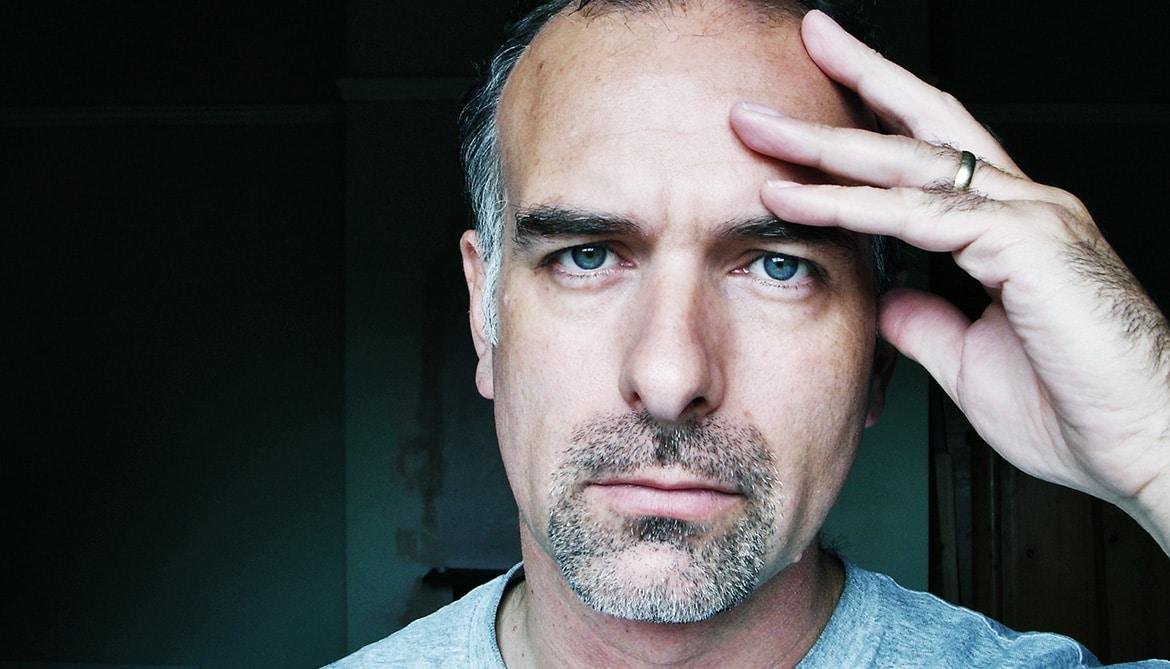Welcome to our article on the safety and considerations of hair transplantation. This informative article provides a comprehensive overview of hair transplant safety and highlights important considerations for the success of the process. Hair transplantation is now an increasingly popular method for correcting hair loss problems, and this article discusses the key safety considerations to take into account before and after the procedure. We have tried to keep this article neutral in tone to give our readers an unbiased and accurate picture of the safety of hair transplantation.
1. Risks and complications of hair transplantation: essential considerations and key recommendations
Hair Transplant Safety: what to consider
Hair transplantation is an increasingly popular method to stop hair loss and promote hair growth. Although the procedure can bring significant results, it is important to be aware of the risks and complications before making a decision. In this article, we will focus on the essential aspects and give you the most important recommendations to consider when considering hair transplantation.
The risks of hair transplantation:
- Risk of infectious diseases: There is always a risk of infectious diseases, such as bacterial infections, during hair transplantation. To minimise this risk, it is important to choose an experienced and well-trained surgeon and to follow careful wound care after surgery.
- Failure to grow: although hair transplantation is generally an effective method of promoting hair growth, there is a chance that the transplantation will not be a complete success. Some transplanted hair may not take root and grow, which can lead to uneven hair growth.
- Complications after surgery: as with all surgical procedures, hair transplantation carries a risk of complications such as swelling, scarring or bleeding. However, these risks can be minimised with the help of a high-quality surgeon.
Essential perspectives and recommendations:
- Choose a qualified surgeon: The most important step is to choose an experienced and qualified surgeon to perform your hair transplant. Check out their previous work and make sure they have the appropriate certifications.
- Waiting times and final results: it is important to understand that hair growth can take time. Be patient and ask your surgeon for realistic waiting times and final results.
- Aftercare: by carefully following the surgeon's instructions after surgery, you can maximise the success of your hair transplant and minimise the likelihood of complications.
| Risks | Description |
|---|---|
| Communicable diseases | Risk of infectious diseases during surgery |
| Growth failure | Hair transplant failure and uneven growth |
| Complications after surgery | Swelling, scars and bleeding after surgery |
The safety of hair transplantation is a critical factor in achieving a successful outcome. By taking these essential considerations and recommendations into account, you can make an informed decision and achieve the desired hair growth result. Always consult a qualified surgeon for more detailed information about your specific situation and needs.
2. Patient selection and surgical requirements for hair transplantation: safety considerations and specific recommendations
Hair transplantation is a surgical procedure that can help people who suffer from baldness or thinning hair. However, before surgery, it is important to consider the patient selection and surgical requirements to ensure safety. There are a number of considerations and specific recommendations to make sure that hair transplantation can be performed successfully and safely.
Firstly, the patient's general health is an important factor in the safety of hair transplantation. The patient must be in good general health to minimise the risks associated with the surgery. In addition, the patient's hair scalp must be healthy so that the transplanted hair follicles can grow properly. The safety of hair transplantation can also be improved by careful surgical technique and appropriate operating personnel. After surgery, it is important to follow the instructions given by the doctor and to avoid infections or other post-operative complications.
In conclusion, hair transplantation is a safe method of treating hair loss. However, before the procedure, it is important to consider a few things to ensure an optimal outcome and reduce the risk of complications.
Firstly, a patient considering a hair transplant should consult an experienced and qualified doctor who specialises in hair transplantation. This doctor will be able to provide the necessary information on the suitability of the procedure for his or her particular situation, as well as an assessment of the potential risks and benefits.
Secondly, it is important to be aware that hair transplantation is a surgical procedure that requires proper aftercare and recovery time. After the procedure, strict instructions must be followed to manage the wound and prevent possible complications.
In addition, the patient's health and lifestyle can have an impact on the results of the hair transplant. It is important to be honest with the doctor about issues such as smoking, alcohol consumption and any medications you are taking, so that the doctor can assess the suitability of the procedure and possible complications.
The safety of a hair transplant therefore depends on the competence of the doctor, the patient's commitment to aftercare and a healthy lifestyle. Although the procedure is generally safe, individual differences and potential risks should always be borne in mind. At the same time, it is important to remember that with consultation and proper treatment, it is possible to achieve the expected results in terms of hair regrowth.
